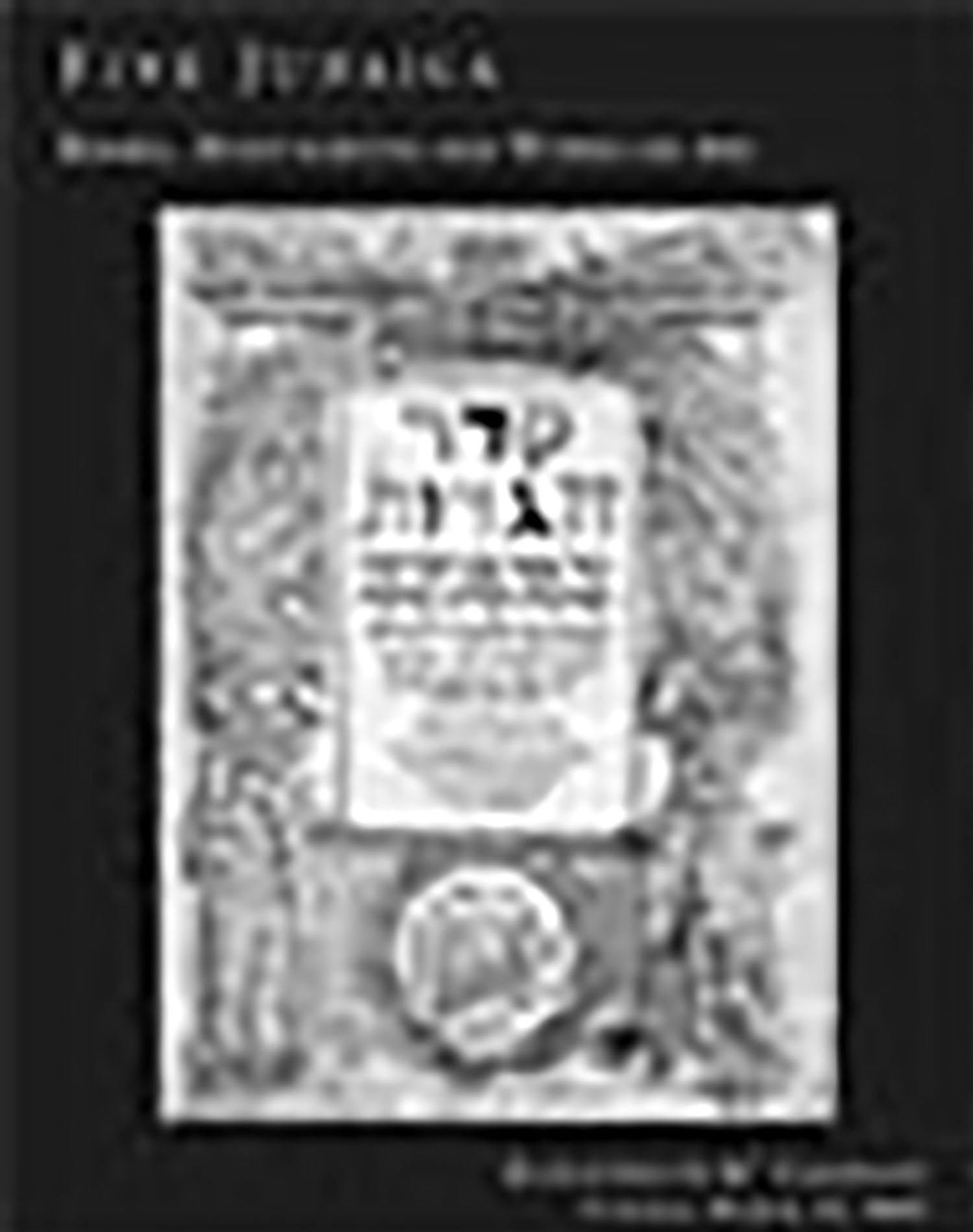Anonymous (Attributed to Abraham the Patriach)

AUCTION 15 |
Tuesday, March 12th,
2002 at 1:00
Fine Hebrew Books, Manuscripts and Works of Art The Property of Various Owners
Lot 491
SEPHER YETZIRAH.
Anonymous (Attributed to Abraham the Patriach)
14th century
Est: $50,000 - $70,000
THE EARLIEST MANUSCRIPT CONTAINING THE COMPLETE INDEPENDENT HEBREW TEXT OF THE 'SAADIA GAON' VERSION OF THE SEPHER YETZIRAH.
The Sepher Yetzirah is the oldest and most esoteric of all Kabbalistic texts. Modern scholarship has established three early versions of the Sepher Yetzirah (excluding the later Vilna Gaon version): The "Short Version" which appears as the basic text in the "editio princeps" (Mantua, 1562) around which most of the major commentaries revolve; the " Long Version" published as an appendix to the Mantua edition, and the Saadia Gaon Version. Based on the "Long Version," Saadia’s version is in a radically different order and omits most of the interpolations of later editors. Its’ significantly different reading of the text has prompted Prof. Israel Weinstock to renders it as a separate version unto itself. He surmises that the Saadia Gaon version is the earliest, purest, form of the Sepher Yetzirah and he dates its compilation to at least the 8th century - if not earlier. (See: Le'birur Ha-Nusach Shel Sepher Yetzirah in: Temirin, I, p.16 and Le-havanat Ofyo Ve-gilgulav shel Sepher Yetzirah She-be-nusach Rasag," Temirin II, pp. 31-39).
The Saadia Gaon version exists only in a handful of mostly incomplete manuscripts and Geniza fragments. The earliest known independent Hebrew Saadia Gaon version from the Cairo Geniza (Ca. 11th century), was published by Prof. Nechemia Aloni in 1982 under the title Sepher Yetzirah - Nusach RSa”G Be’tzurat Megilla Me’Genizat Kahir (See: Temirin II (Jerusalem,1982) pp. 9-29 ). Prof. Weinstock completed the text and compared the variances to the Bodlian Oxford MS no.1533 and R. Y. Kapach's published version (Jerusalem, 1972).
Following the Saadia Gaon version, this manuscript divides the work into eight chapters. The text follows the original Cairo Geniza version with many substantially and obviously more precise readings and additions.
Thus, this manuscript is the earliest complete text of the Saadia Gaon version extant. No other manuscript of this version exists in North America or Israel.
The manuscript also contains the important commentary attributed to Nachmanides, see ff. 4v-11v. The final leaves (ff. 11v-13v) contain an anonymous responsum concerning the ten
Sefiroth not extant in any other manuscript.
Although traditionally attributed to Abraham the Patriarch, several strata are evident in the text. With the exception of the Bible, scarcely any other book has been the subject of so much annotation and has influenced so many scholars from the beginning of the 10th century to the present day
